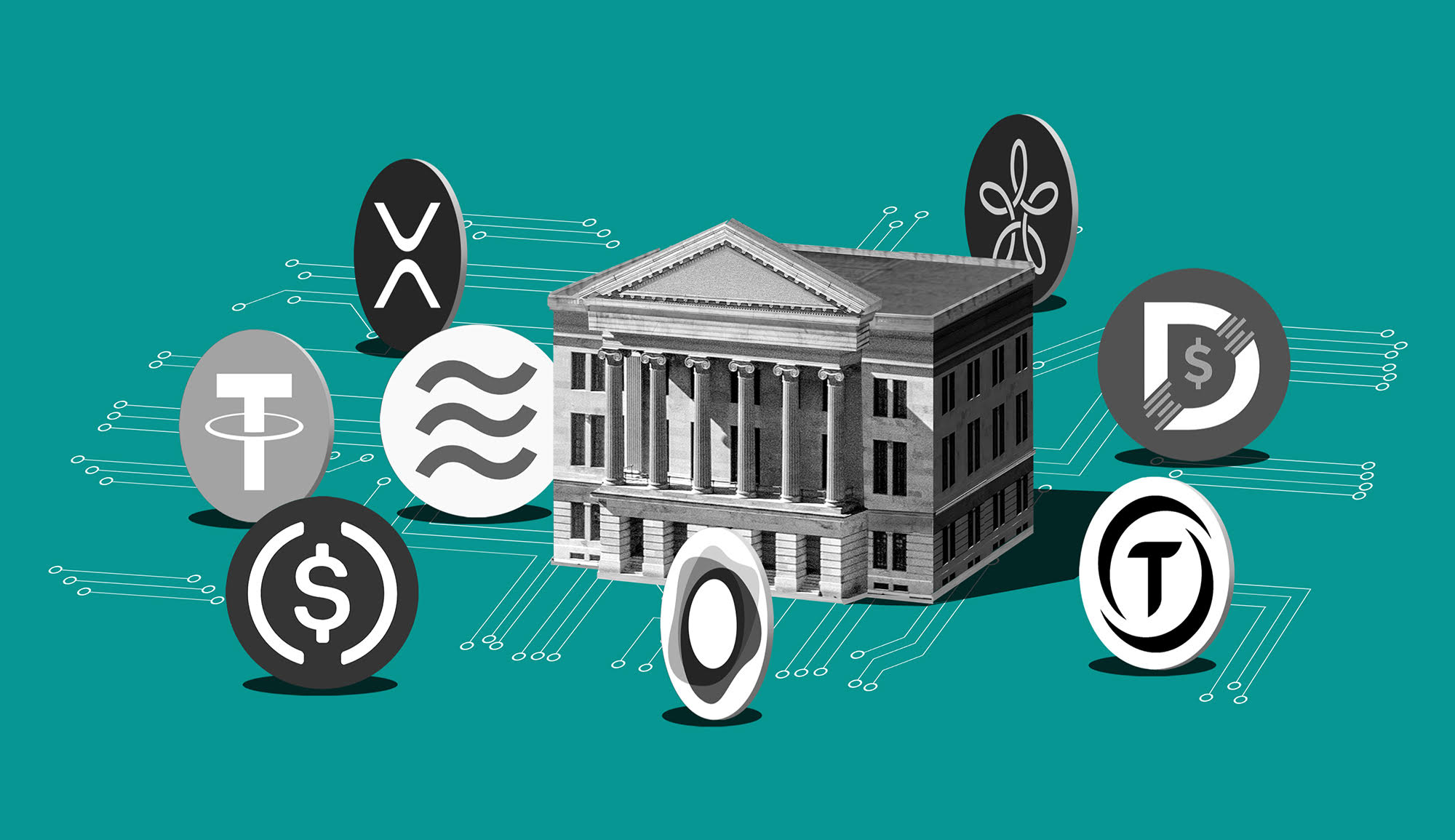Choosing the right programming language for your project is crucial for success. In this guide, we will provide you with the necessary information to make an informed decision.

Credit: www.eurogamer.net
Understanding Your Project’S Needs
Analyzing your project’s requirements and goals is crucial in choosing the right programming language. Consider the nature of your project, scalability, and performance needs. Evaluate the complexity of the tasks you need to accomplish and the skill sets of your development team.
Additionally, take into account the availability of resources, such as libraries and frameworks, for the programming language you are considering. Moreover, consider the long-term goals of your project and whether the chosen programming language aligns with those goals. Compatibility with existing systems and platforms should also be a factor to consider.
In addition, take into consideration the community support and documentation available for the programming language. By analyzing these factors, you can make an informed decision about the programming language that best suits your project’s needs.
Popular Programming Languages And Their Use Cases
Choosing the right programming language for your project is crucial for its success. Each programming language has its own unique features and use cases. Let’s take a quick overview of some popular programming languages and real-world examples of their applications.
Python, known for its simplicity and readability, is widely used in web development and data analysis. It has been used to develop applications like instagram and spotify. Java, a robust programming language, is commonly used for building enterprise-level applications. It powers platforms like android and is used by companies such as google.
Javascript, the language of the web, is essential for front-end web development. It enables interactive elements on websites and has been used to create dynamic pages on platforms like facebook and twitter. C++, a powerful language, is utilized in systems programming and game development.
Examples include software like adobe photoshop and game engines like unreal engine. Ruby, with its elegant syntax, is great for web development and scripting tasks. Applications like airbnb and github have been built with ruby. Selecting the right programming language depends on your project requirements, so consider the specific functionalities and scalability needed.
Evaluating Programming Languages
Choosing the right programming language for your project requires careful evaluation of performance and efficiency. Consider how well it integrates with existing resources for optimal compatibility. Keep in mind that each language has its own strengths and weaknesses, and it is important to align your choice with the specific requirements of your project.
Additionally, explore the scalability and community support for the language you are considering. Moreover, consider the learning curve associated with each language and the availability of skilled developers. In addition, take into account the long-term maintenance and support requirements. With thorough research and analysis, you can make an informed decision that will set your project up for success.
So, evaluate the programming languages objectively and choose wisely.
Community Support And Learning Resources
When choosing a programming language for your project, it’s crucial to consider community support and learning resources. Access to documentation and online communities is vital. These resources provide helpful tutorials and guidance for mastering a language. Having a strong community to lean on can make your learning experience more efficient and fruitful.
When faced with challenges or questions, you can easily find answers and support. Additionally, online communities often share valuable insights, tips, and even code snippets, boosting your learning journey. By selecting a language with an extensive support network, you ensure that your project will have a solid foundation and that you won’t feel alone in your programming endeavors.
Explore the available resources for each language and choose one with abundant learning materials to aid your journey to mastery.
Scalability And Future-Proofing
When choosing a programming language for your project, scalability and future-proofing are crucial considerations. You need a language that can handle the growth of your project and adapt to future advancements. Evaluating the language’s roadmap and updates is important in ensuring its long-term viability.
You should look for a language that has a strong community and is regularly updated to meet new challenges. Additionally, consider the language’s flexibility and ability to scale with your project’s needs. By carefully considering scalability and adaptability, you can choose the right programming language that will support your project’s growth and future requirements.
Think ahead and make an informed decision.
Developer Skillset And Team Compatibility
Assessing the familiarity and skill level of your team with different programming languages is vital. Consider how well they know the language and if it aligns with their expertise. Collaboration tools should also be taken into account. Ensure that the language you choose is compatible with the existing tools used by your team.
It is important to have a seamless workflow and efficient communication. Assessing these factors will help you determine the right programming language for your project, optimizing your team’s productivity and success.
Weighing Pros And Cons
When choosing a programming language for your project, it is essential to weigh the pros and cons. Evaluating the advantages and disadvantages of each language is crucial. Consider the trade-offs based on your project requirements. Each language has its strengths and weaknesses.
Finding the right fit involves understanding the specific needs of your project and the capabilities of different programming languages. Research each language thoroughly and seek expert opinions. Analyze factors such as performance, community support, available tools and libraries, scalability, and learning curve.
Keep in mind the compatibility with your existing technology stack and future scalability. Take into account factors like the size of the developer community, availability of documentation, and overall industry trends. Taking the time to thoroughly evaluate your options will help you make an informed decision and choose the programming language that aligns best with your project goals.
Testing And Prototyping
Testing and prototyping are crucial in selecting the right programming language for your project. It allows you to implement small-scale projects or prototypes to assess their feasibility and compatibility. By testing different languages, you can identify which one suits your project’s requirements and offers the needed functionalities.
Prototyping helps detect any potential issues or limitations early on, allowing you to make informed decisions. Additionally, it enables you to gather feedback from stakeholders and address any concerns before moving forward with the development phase. Testing and prototyping also provide valuable insights into the performance and scalability of each programming language, helping you make a well-informed choice.
By considering these factors, you can ensure that you choose the right programming language for your project’s success.
Finalizing Your Choice
Choosing the right programming language for your project requires a holistic approach. It’s essential to consider your long-term goals and objectives carefully. By doing so, you can ensure that your choice aligns with the overall vision of your project. Rather than relying on commonly overused phrases, it’s advisable to keep your sentences brief and to the point.
Varying your sentence structure will keep readers engaged, while active voice and clear language improve readability. Remember, seo-friendliness and uniqueness are crucial for effective content. Ultimately, making a well-informed decision about the programming language for your project sets a strong foundation for its success.
So, take your time and consider all the factors before finalizing your choice.
Conclusion
Choosing the right programming language for your project is a crucial decision that can greatly impact its success. By understanding your project requirements, considering scalability and performance, and evaluating factors such as community support and ease of use, you can make an informed choice.
Keep in mind that each programming language has its own strengths and weaknesses, so it’s important to align them with your project goals. Additionally, staying updated with the latest trends and technologies in the programming world can also help you make better decisions.
Remember, the right programming language can enhance productivity, improve efficiency, and ultimately deliver a high-quality end product. So take your time, do thorough research, and make an informed decision that sets your project up for success. Happy coding!








